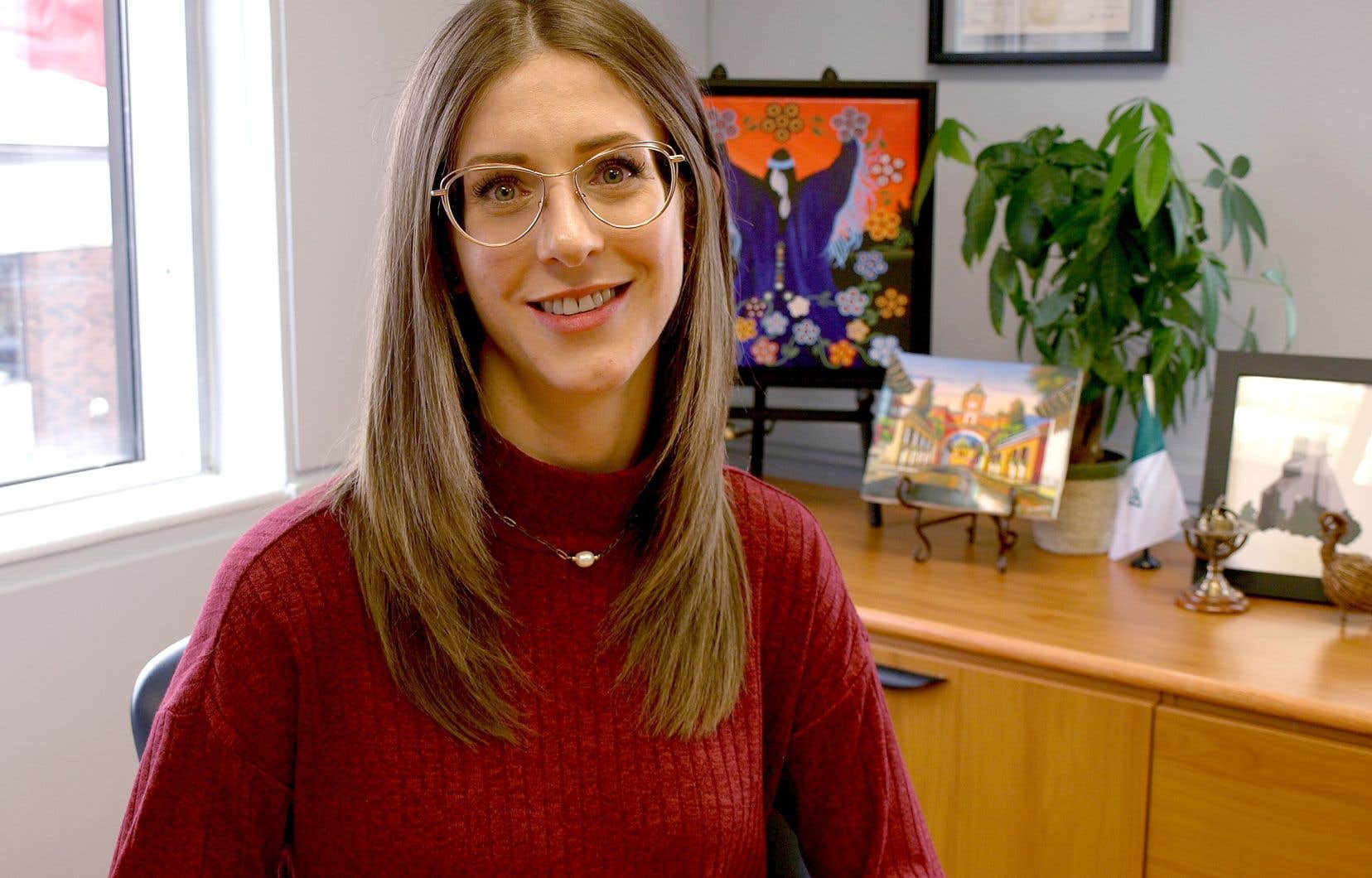French is in decline in the largest cities of northern Ontario. But a new wind seems to be blowing through Timmins, since the appointment, in October 2022, of the first Franco-Ontarian mayor. The duty went there to take stock of the state of French in the city with a heart of gold, overtaken by numerous crises.
The mayor of Timmins, Michelle Boileau, has French at heart. From her office where the Franco-Ontarian flag flies, she wants to make her city a “welcoming community for Francophones”. But the road to bilingualism is still long, warns the elected official, who prefers “ [s]e concentrate” on “things […] achievable”.
“It’s no secret that daily life in Timmins is predominantly in English. […] I think we still have a way to go to truly become a welcoming community for Francophones,” recognizes M.me Boileau.
There is still “a certain level of service offering” in this city in northern Ontario, where French is the mother tongue of 38% of the 42,000 inhabitants. “Not all municipalities can say this,” she wants to point out. And the Pilot Program for Immigration in Rural and Northern Communities, now sustainable, has enabled the integration of French-speaking newcomers. But the latter tend to settle along Route 11, where they have “more chances of getting jobs […] in French,” explains M.me Boileau. Foreign students often head to large cities in the south of the province, such as Ottawa and Toronto, or cross the border to go to Montreal.
Indeed, in Timmins, French-speaking immigrants come up against English-speaking employers, who do not see the “added value of hiring a French-speaking worker”. Even “native French speakers” are reluctant, says the mayor. “As soon as we hear a Quebec accent, a European accent, an African accent, suddenly we feel as if we are not French-speaking enough. […] There are language barriers between us and the person, so there is hesitation in hiring French-speaking newcomers. »
The City nevertheless needs this workforce, underlines Michelle Boileau, not only to respond to the shortage, but also to “maintain the same level of service offering in French” despite the aging of the population and the exodus of young people. “There are plenty of positions to fill in all industries, but there are certain sectors in which we need French-speaking people,” she adds, citing social and health services. The mining sector, the municipality’s flagship economic activity, would also benefit from “being able to do business in French”. “I would like these people to be able to see a future for themselves here. »
Step by step towards bilingualism
Despite her desire to promote the French language, the mayor does not “know[t] not” if designating Timmins as a bilingual city would be the best solution. “Yes, ultimately,” she specifies, but she fears that the approach will raise the eyebrows of many residents. “It can be very divisive for a community. Then, I prefer to focus on the things that can be done, that are achievable. » The change will therefore take place step by step, to create a “voluntary push”.
Elected president of the French Association of Municipalities of Ontario in September 2023, Mme Boileau also advocates this strategy across the province. “There is an interest on the part of my English-speaking counterparts to be informed, to learn more about the Official Languages Act. […] We do not necessarily have to go to the point where the municipality is designated bilingual to be able to have a more welcoming community. […] There are little things here and there that we can do […], which would make life easier for French speakers. »
Improve its image
Among these “little things”, Timmins is seeking to restore its image. Indeed, the city with a heart of gold, hit hard by homelessness and the overdose crisis, also experiences a high crime rate.
“I hear from employers who are trying to hire, and then their potential candidates, once they do a Google search and see the headlines about the city, they’re like, ‘OK , maybe it’s not the place for us,” says Mme Boileau. “We need to get better at communicating the right things too. […] It’s just not easy when you face so many challenges. »
The management of homelessness and drug addiction problems, particularly the location of an emergency shelter, has given rise to strong criticism of the mayor, who now says she fears “very concretely for[s]“safety”. The elected official, pregnant with her second child, installed cameras in her home, and was offered close protection by the city police department.
“It’s definitely not a very pleasant environment to work in at the moment,” she says. But “I think over the next few years, there’s going to be a positive story for Timmins.” »
This report is supported by the Local Journalism Initiative, funded by the Government of Canada.
